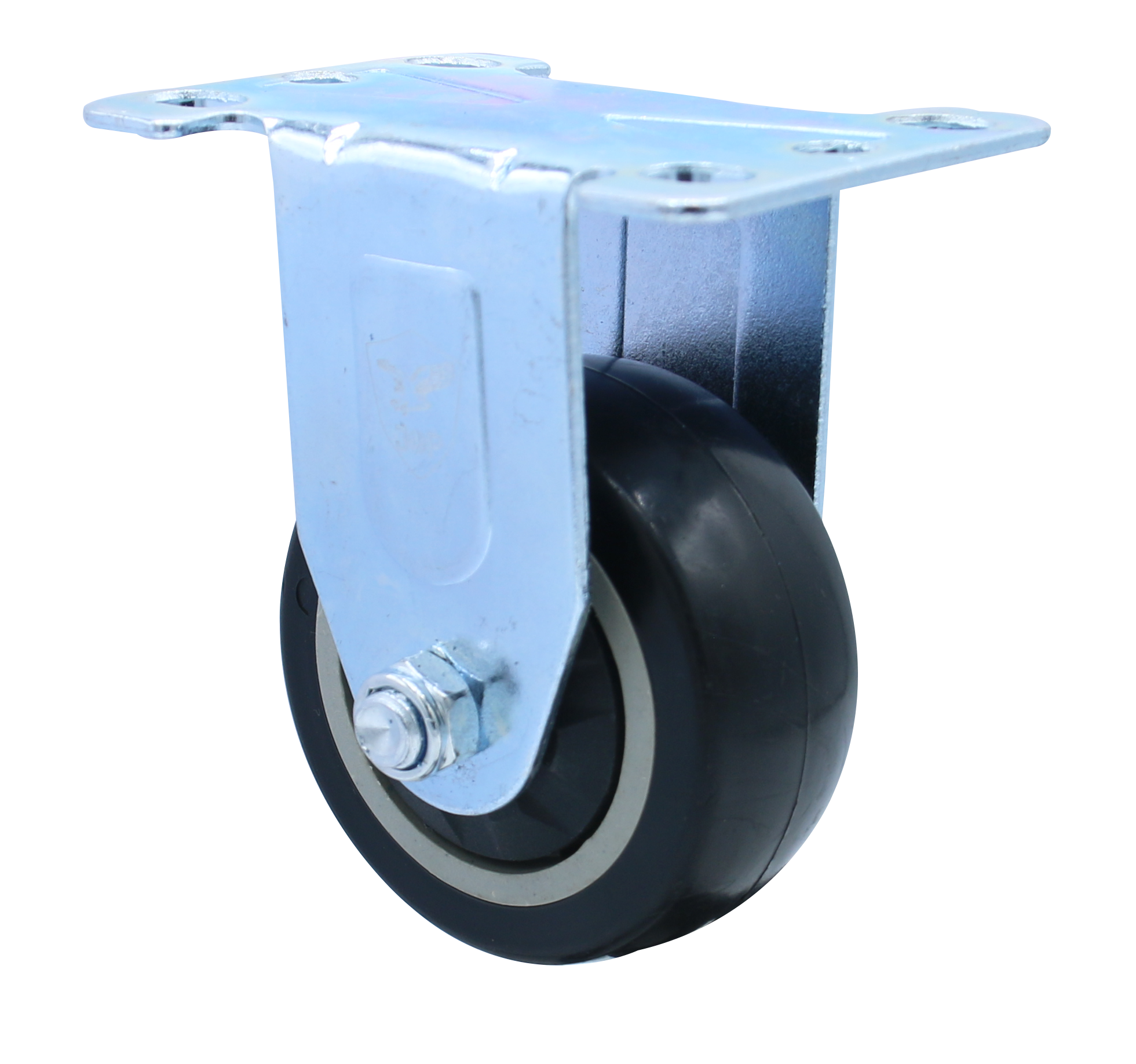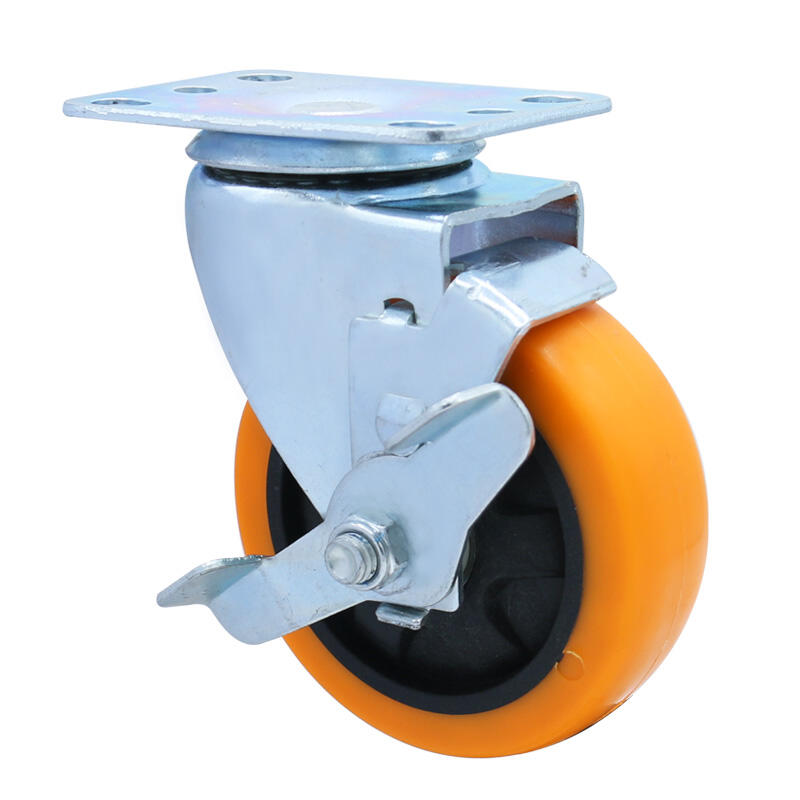caster wheel rigid
A caster wheel rigid is a fundamental component in material handling and mobility solutions, characterized by its fixed, non-swiveling design that provides directional stability and enhanced load-bearing capacity. Unlike swivel casters, rigid casters maintain a fixed position relative to their mounting plate, making them ideal for applications requiring straight-line movement and precise directional control. These casters typically consist of a solid wheel mounted within a robust fork-style bracket, engineered to withstand substantial weights while maintaining optimal performance. The construction usually incorporates high-grade materials such as steel, polyurethane, or nylon, depending on the specific application requirements. Rigid casters are essential in various industrial settings, particularly in equipment that needs to follow predetermined paths or maintain consistent directional movement. Their design promotes reduced rolling resistance compared to swivel casters, making them more energy-efficient for long-distance transport. The simplified mechanical structure also results in lower maintenance requirements and enhanced durability. These casters are commonly found in heavy industrial equipment, assembly line carts, material handling dollies, and specialized transport equipment where controlled, linear movement is crucial.



